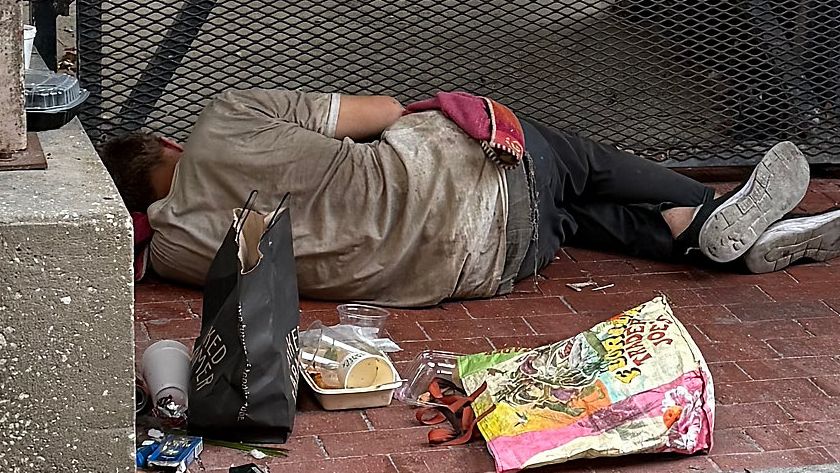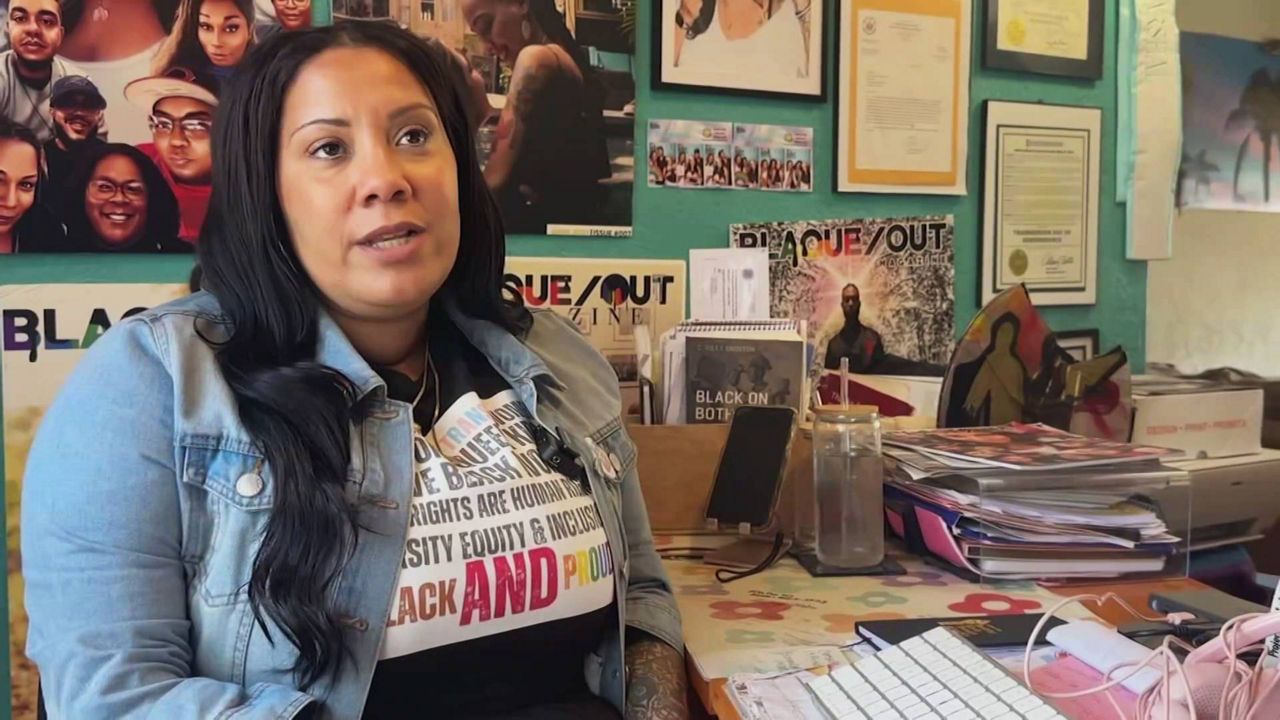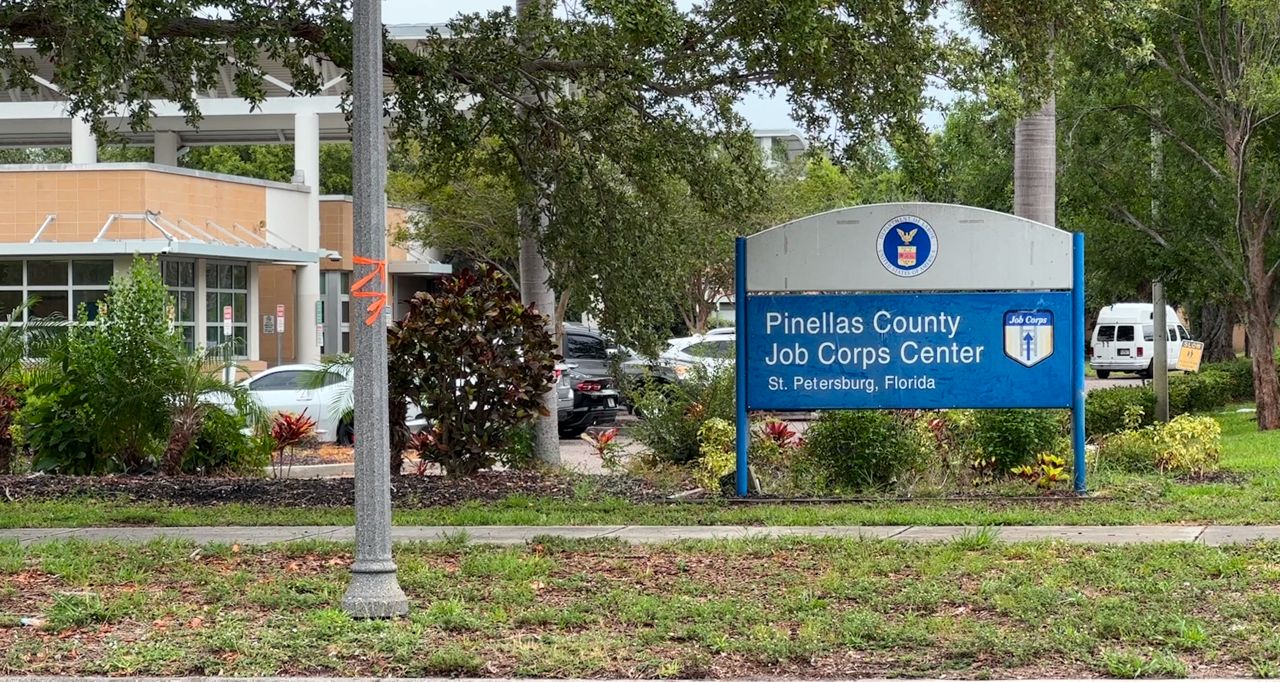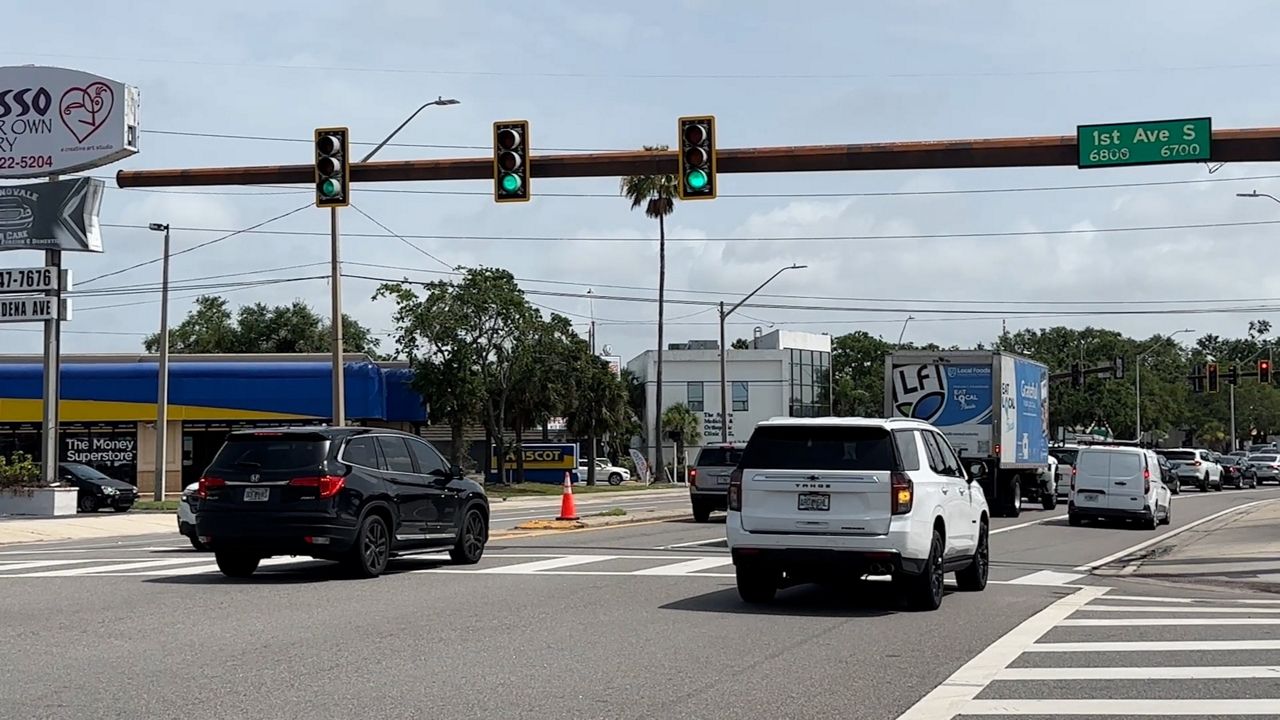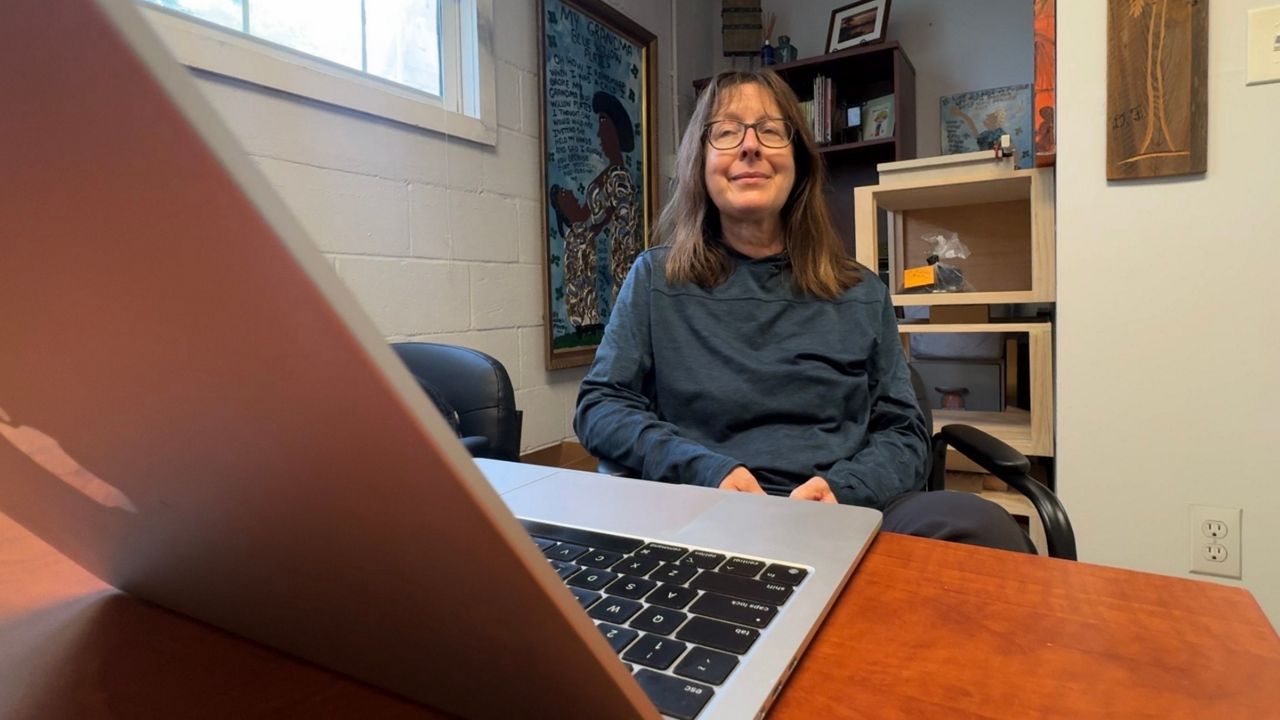CLEARWATER, Fla. — Lifelong florist Lu Cushing says lately it’s a delicate balance between needing to make enough money to pay her bills and staff, but also keeping prices low enough that customers keep coming back.
Just over the last few weeks, Cushing says the cost of flowers and some of her supplemental products have spiked anywhere from 11% to 30%. Cushing opened Janie Beane Florist with her mother 53 years ago and has been through waves of unpredictable times in the past and isn’t a stranger to finding solutions to keep her prices down.
“So where we would usually use more flowers, we’re trying to use different textures,” she explained while making a table arrangement. “We’re now trying to use less flowers but still giving the same look for our customers.”
Cushing says she’s seen the price of lilies, roses, tulips, and other flowers that are imported from South America double in price. Initially, she was hoping prices would start to come down after Mother’s Day, but that hasn’t been the case.
She says her goal is to absorb as much of the cost as she can in order to keep her customers coming in the door.
“We don’t raise our prices like we should be because we want to keep our customers,” she said.
Despite the jump in flower costs, Cushing says she has raised prices about 5%-8% in response. Over the last few weeks, she says she’s profiting much less per item. For example, for a $50 arrangement, Cushing says she will take only about $10 in profit.
“You can’t charge a teenager $40 for a corsage, it’s not fair,” she said. “You want them to be a customer for the rest of their life.”
Cushing says while the 10% tariff has impacted the flowers themselves, she says it’s an overall shift in the way some of her wholesalers are doing business.
Jeff Felardo, Associate Professor of Economics at Eckerd College, says he believes what is driving prices before larger tariffs could take effect is the uncertainty of it all.
“I would imagine these preemptive price hikes are businesses not being certain about the future,” he explained. “They don’t know what the tariffs may be, so they’re increasing prices now.”

